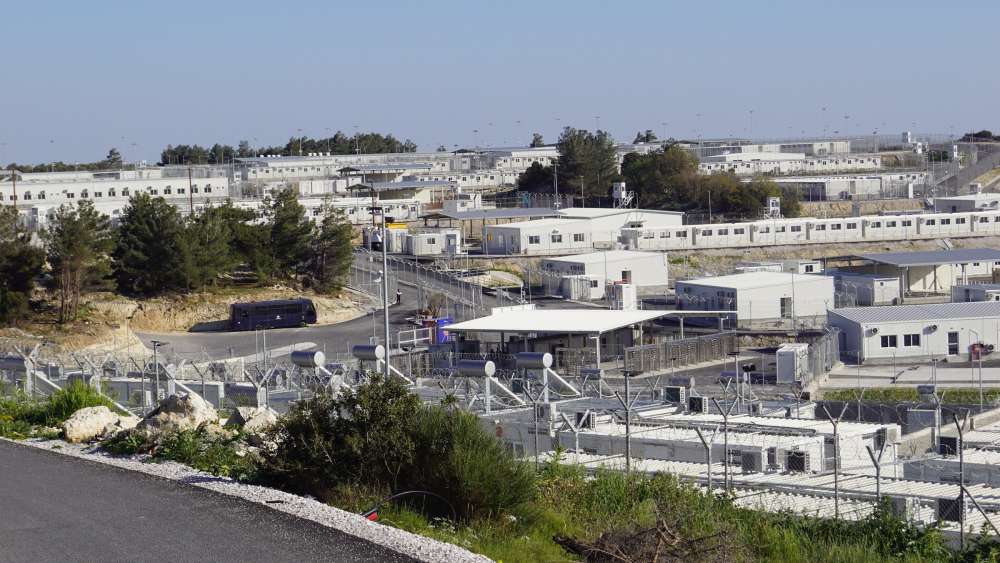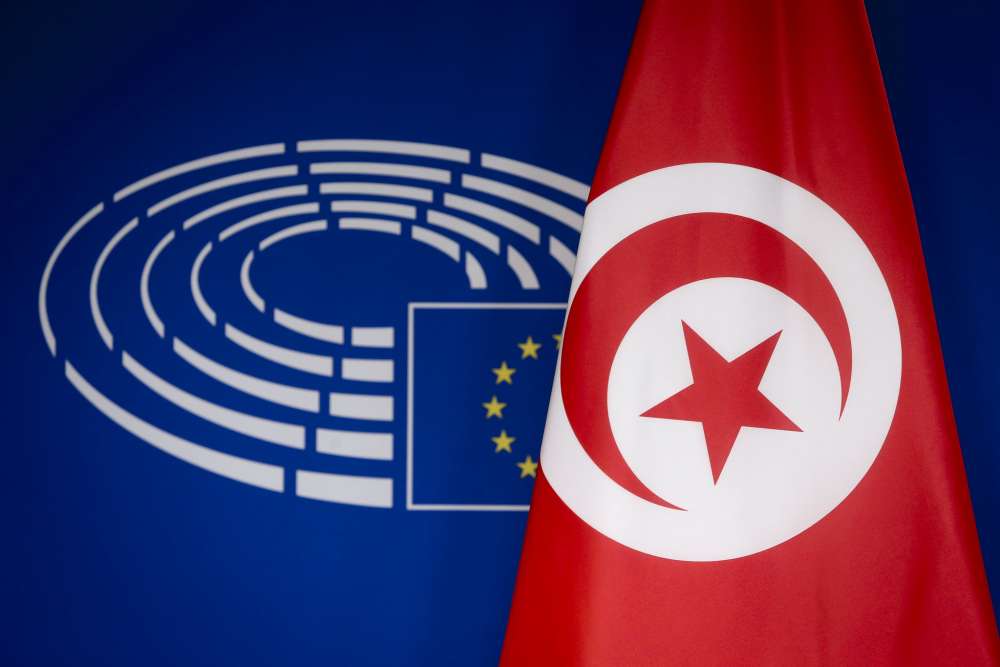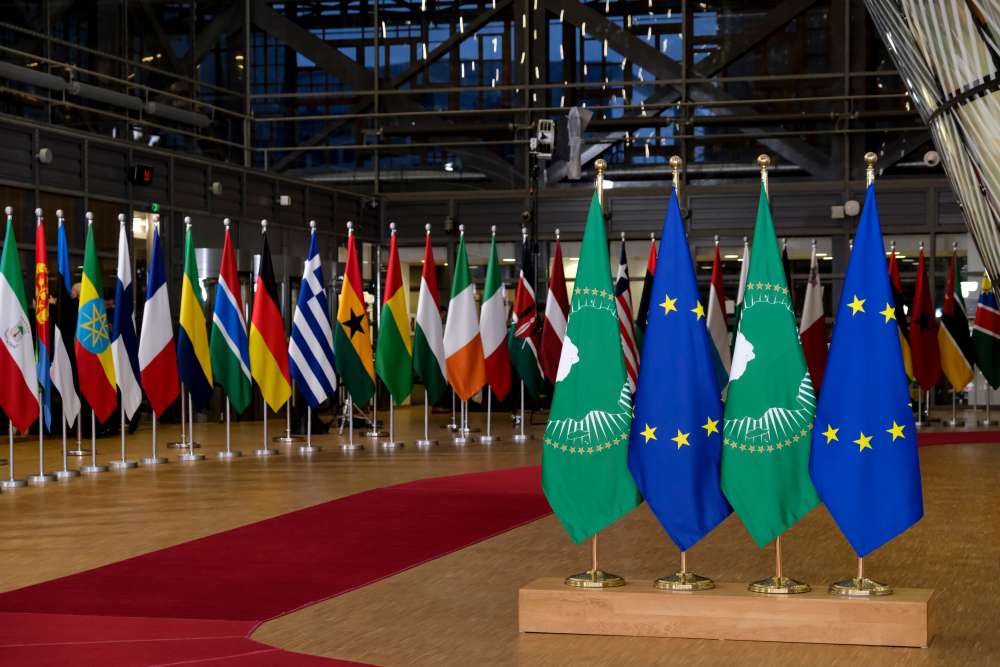All Quiet on the Brussels Front?

If the manifesto of a newly elected Commission President was a reliable prediction of political progress, the EU’s asylum policy would be in good shape. On four separate occasions, Ursula von der Leyen’s political guidelines for the future EU Commission mention a “fresh start” on migration policy. Von der Leyen is striving to present a “new pact on migration and asylum,” wants to “relaunch […] the Dublin reform” and introduce a “new way of burden sharing.”
Yet, how much innovation is actually possible and achievable in the short and medium term of the EU’s upcoming parliamentary period — and with the cabinet of von der Leyen? I predict the following: assuming that the number of asylum seekers will remain at the current levels, only incremental changes can be expected in the substance – the ‘what’ of asylum policy. In the processes – the ‘how’ of policy – the emerging trend of different speeds will become even more visible. This can be illustrated by three basic features of EU asylum policy in recent years.
It’s Dublin, Stupid!
The Common European Asylum System consists of more than just the Dublin Regulation, the EU law allocating responsibility for deciding the merits of asylum applications. Beyond the regulation, there are minimum standards concerning asylum procedures, recognition criteria for asylum applications, as well as the tasks of the European Asylum Support Office (EASO). In the past, however, no way has led around “Dublin.” Initially, the European Council had tied the negotiation of all further regulations to the reform of the Dublin Regulation. Since then, a painstaking compromise between the Commission and the EU Parliament has been left to dust on office shelves.
This stalemate stands in contrast to a long-standing and curious consensus that the Dublin Regulation has ‘failed’. The southern states on the EU’s external borders claim to be disadvantaged by the law. In turn, northern destination countries point out that they accept considerably more asylum seekers than required under the regulation, given that responsible member states (and also the asylum seekers themselves) can easily undercut the rules, such as by rejecting transfer requests made under the regulation or by exceeding delays. In truth, individual governments in both the North and South have in recent years – and at different times respectively – had an interest in maintaining the status quo. In Italy, the low numbers of asylum seekers arriving by sea (about 1500 until mid-2019) contrasted sharply with their importance in the political debate. The narrative of a country left alone by the EU has been gratefully exploited by the far-right Lega Nord party. And finally, the current rules are often more advantageous than a recast even for asylum seekers, as the latter is more likely to lower individual rights guarantees and close loopholes. It would be disastrous, for instance, were a reform to lower the criteria for when asylum applications can be rejected as inadmissible because ‘protection’ is offered in a country outside the EU.
Nevertheless, reform is necessary because the Dublin system was not designed for situations of high influx. And there could be a way out of the current stalemate – thanks to the disembarkation and relocation mechanism for boat arrivals announced by a coalition of states around France, Germany, and other member states. Ideally, the initiative could create the calm that is necessary for resuming a rational discussion about reform, provided that there are no new elections in Italy. Apart from the humanitarian necessity to speed up the disembarkation of migrants, the governments involved in the coalition have every political interest to ensure a smooth and noiseless response, as this would put an end to the loop of dramatic images reaching us from the Mediterranean and make it more difficult for right-wing nationalists to exploit them for political gain.
Together Forever
Normally, questions of asylum and immigration in the EU can be settled by a majority vote. However, there is only one instance of the Council taking a decision against dissenting member states, namely on the relocation of asylum seekers, especially Syrians, from Greece. That majority decision had high political costs. The protest against obligatory admission quotas forged cohesion within the Visegrád Group and concealed the heterogeneous nature of all of its other political positions on the EU. Since then, European Council President Tusk has repeated the mantra of unanimity. This position has so far prevented negotiations between the Commission, Parliament and Council on reforms of the EU asylum system.
Other decisions have also not been followed up on, such as plans made at the June 2018 EU summit to set up ‘controlled centers’ at the external borders from which asylum seekers would be relocated to other states on a voluntary basis. Von der Leyen now seems to want to build on Tusk’s conviction: her guidelines emphasize dialogue and the shared character of the EU asylum system. This is by no means doomed to fail, because there could be middle ground. For example, a fairness mechanism of the future Dublin Regulation, intended to support front line host states in cases of high influx, could be implemented by a voluntary coalition of states before taking effect for all member states. This would meet all those who emphasize the voluntary nature of admitting migrants half way. At the same time, it would make clear that all EU states must bear responsibility, and that responsibility is more than paying money.
On the Other Side of the Wire
The dispute over the ‘internal’ aspects of EU asylum policy has fueled discussions about how migrants’ access to the EU’s territory can be limited. Among others, this is reflected in the externalization of border controls to third-party states, the shrinking of the EU-led naval forces in the Mediterranean (mission SOPHIA), and the EU-Turkey statement, which trades returns and border protection against financial payments. Those who want to limit access to the EU point out that a reduction in the number of migrants is also the most reliable way to reduce the number of deaths in the Mediterranean – an observation that is as simple as it is logical. However, it difficult to justify the costs of the ‘external’ EU asylum policy in the same way. It is hypothetical to claim that less cooperation with third countries might have led to more border deaths. However, the negative consequences of cooperation with third countries are plainly visible: the Libyan coastguard’s devastating human rights record, the criminalization of humanitarian aid, rights violations and unlawful returns at land borders reported by the EU Fundamental Rights Agency, or the conditions on the Greek islands.
This also leads to another lesson learned in recent years: it is wrong to believe that the EU would be able to continue to abstain from reforming its own asylum system and implementing minimum standards if it would only find further pragmatic “solutions” for migration movements across the Mediterranean. The EU-Turkey statement is a case in point. According to NGO reports, EASO officials only cursorily assess whether Turkey actually grants asylum seekers protection, and the length of procedures under the Greek asylum system exacerbates the de-facto detention on the islands.
Nevertheless, there is a short-term measure on which the member states could realistically agree: extending evacuations of migrants from Libya by the UN Refugee Agency (UNHCR). Here the EU Commission could play a coordinating role.
In sum, despite the Commission’s proclaimed ambition, there will hardly be a “new beginning.” However, after years of stagnation, progress in reforming the Common European Asylum System is once again possible. Given that the Council has effectively ignored the Parliament in recent years, the member states continue to hold the key for progress. The decisive factor – apart from how the number of arrivals evolve – is whether the announced alliance of host states develops a mechanism for the relocation and admission of asylum seekers that goes beyond declarations of intent.
If these reforms are successful, they could also have an impact on the controls at the EU’s internal borders, which are now widespread. Such controls should only exist in cases of serious threats to public order or internal security. But instead of being related to considerations of security, they are the result of member states’ aims to prevent the secondary movement of asylum seekers from on member state to another. As long as internal border controls are routinely prolonged, it is not just asylum seekers who will continue to suffer under a gridlocked asylum policy, but also one of Europe’s greatest political achievements: the Schengen area.
…
A German version of this commentary was originally published by the Internationale Politik und Gesellschaft on August 27, 2019.







